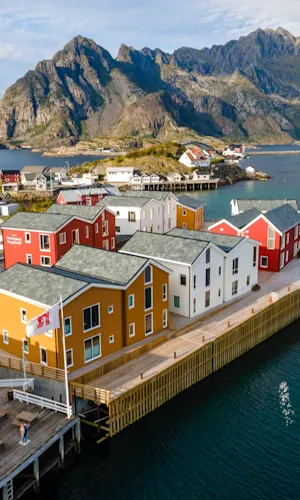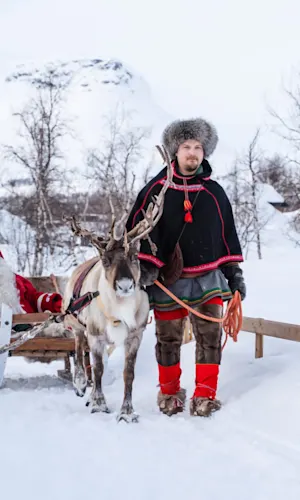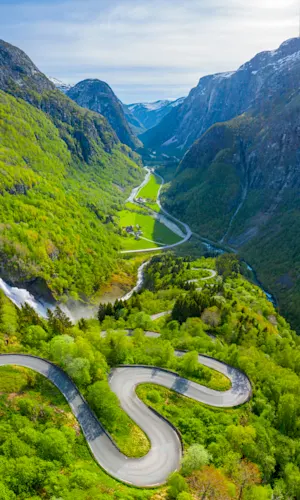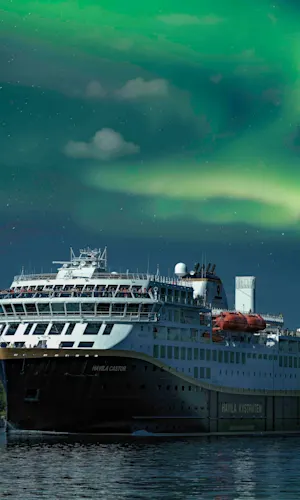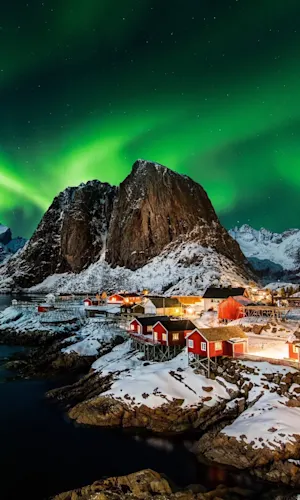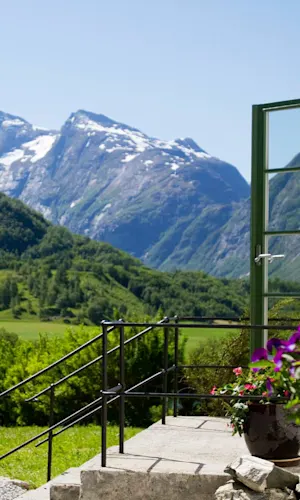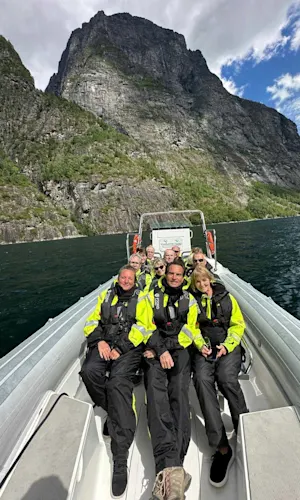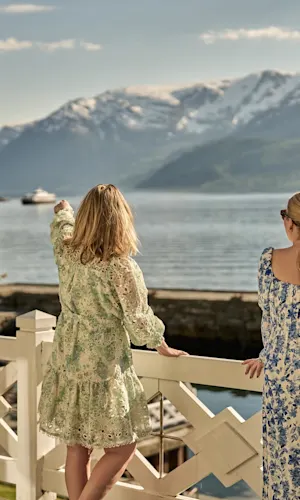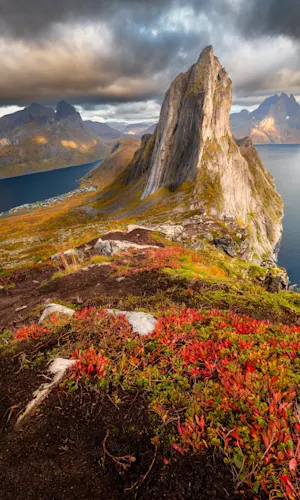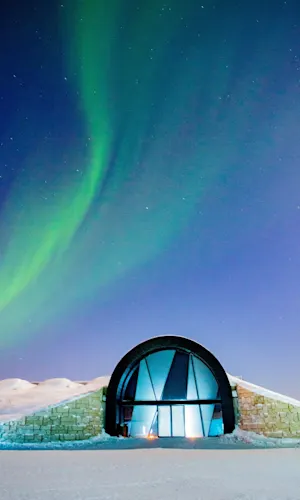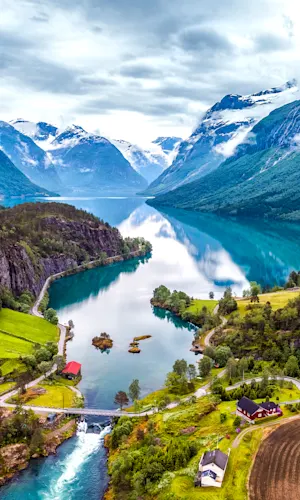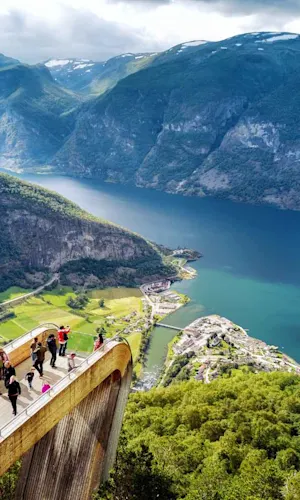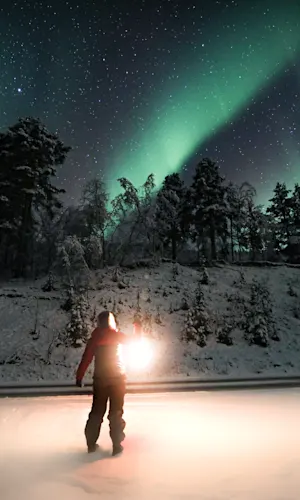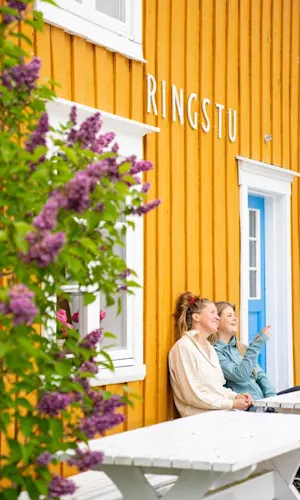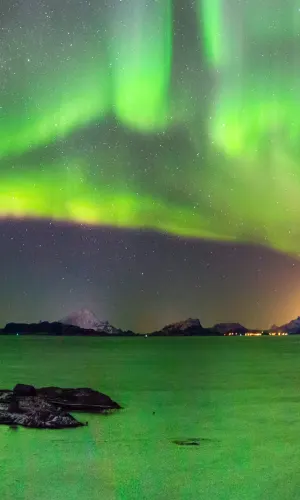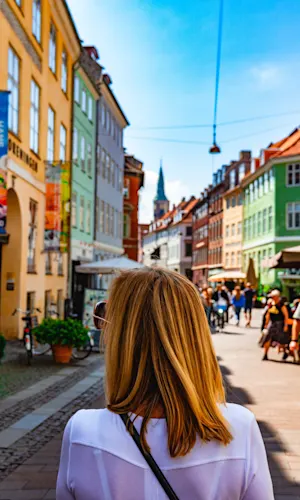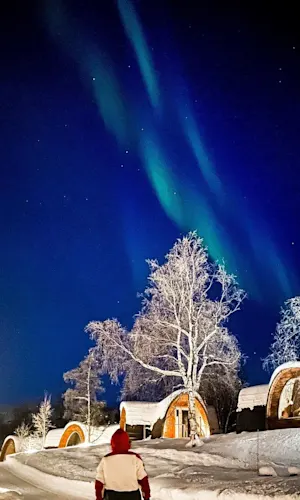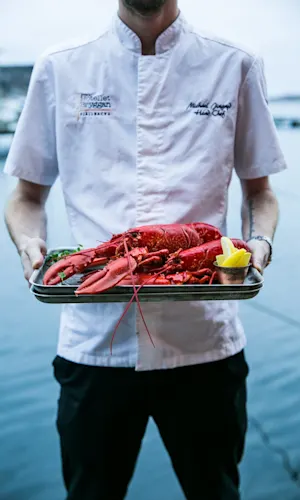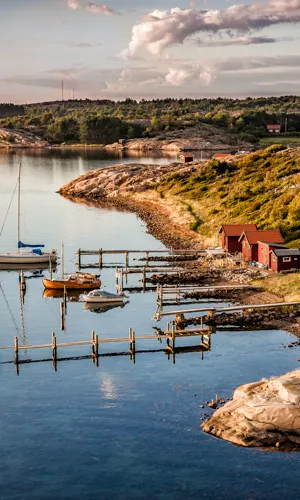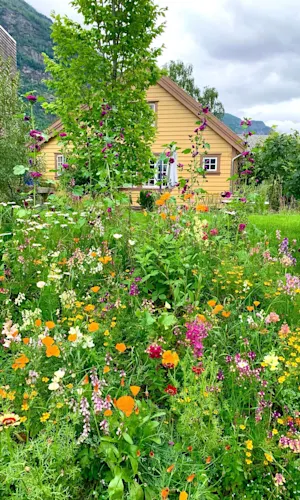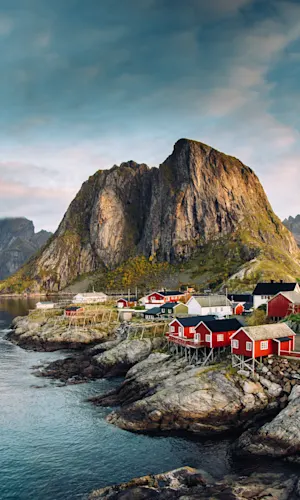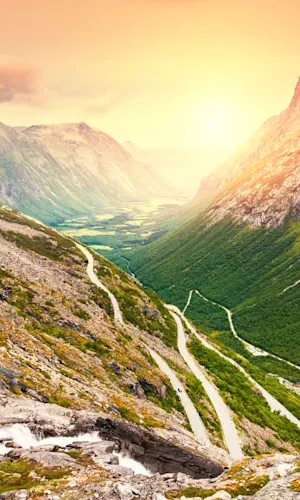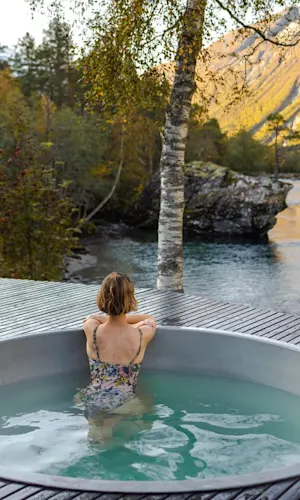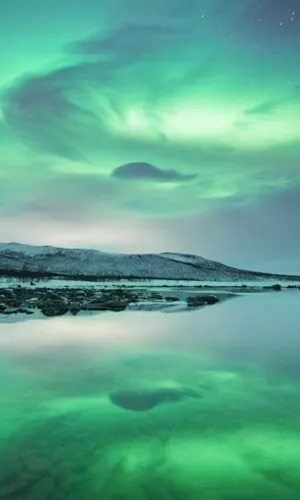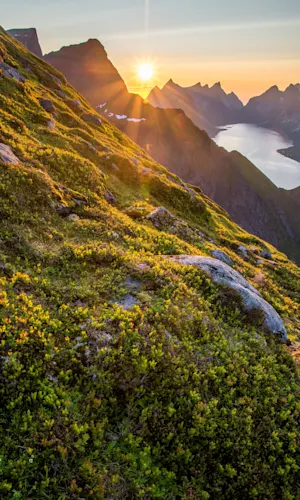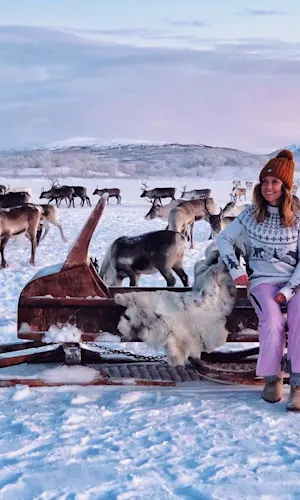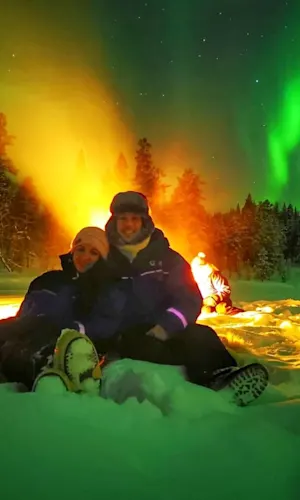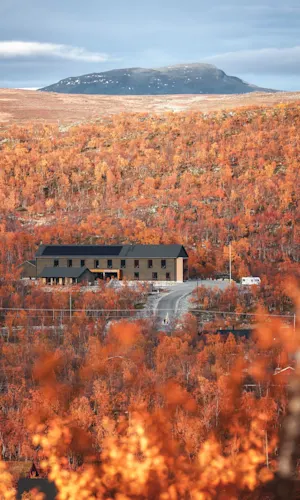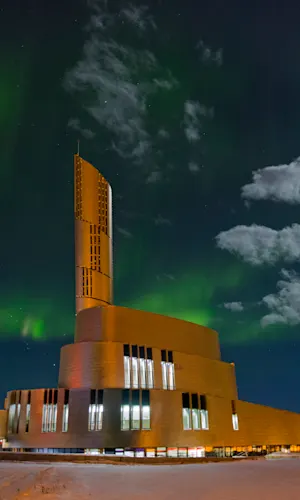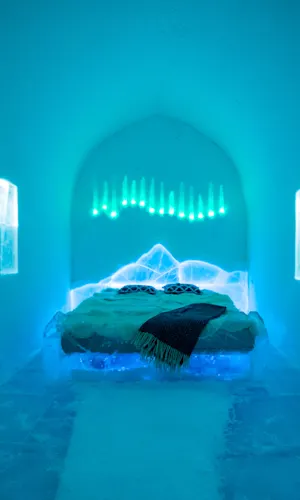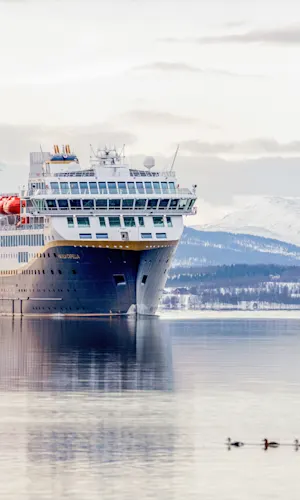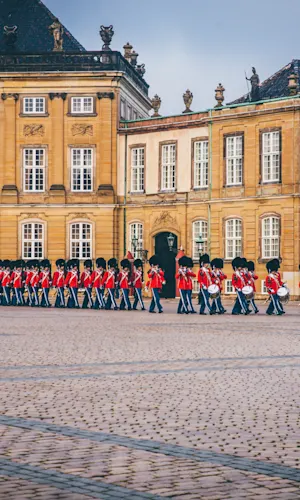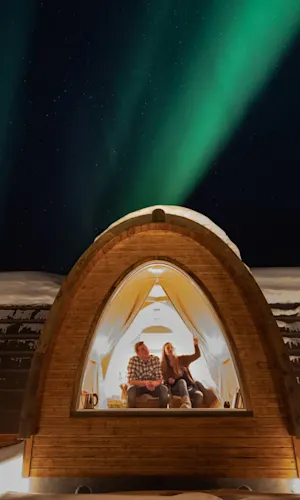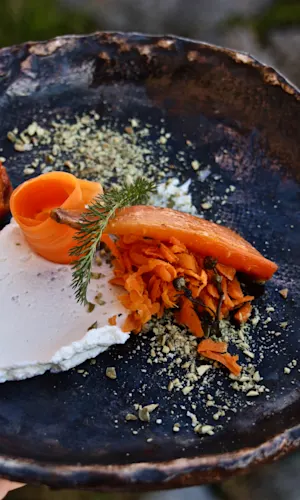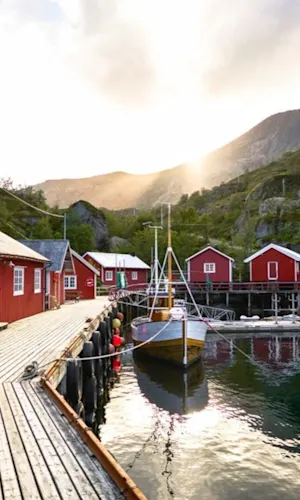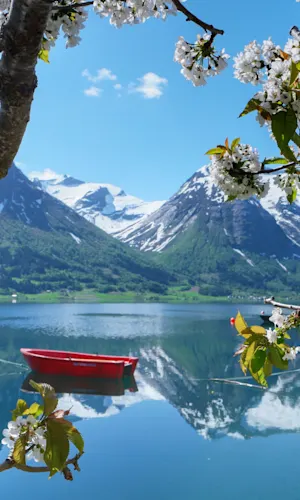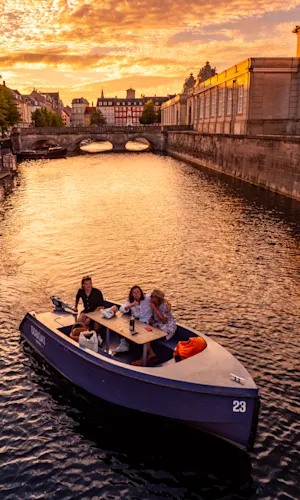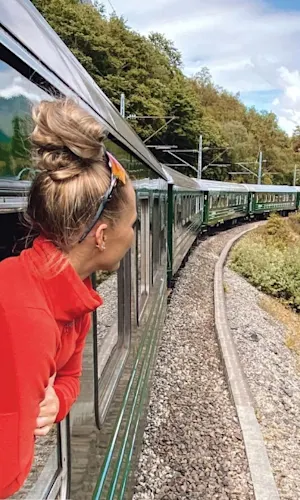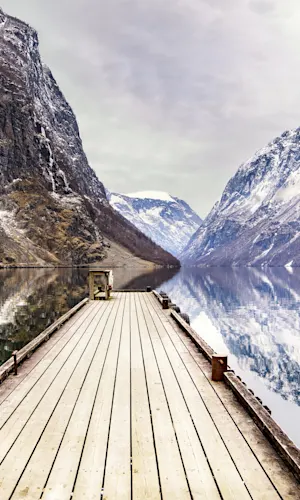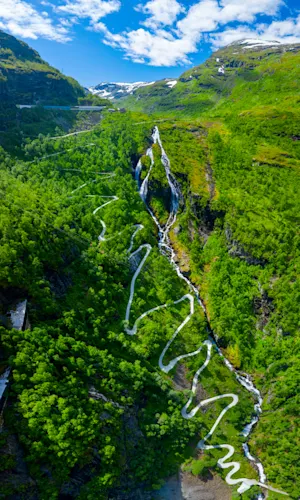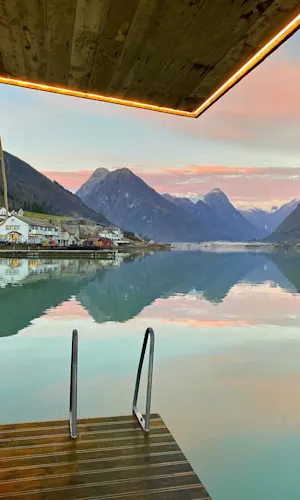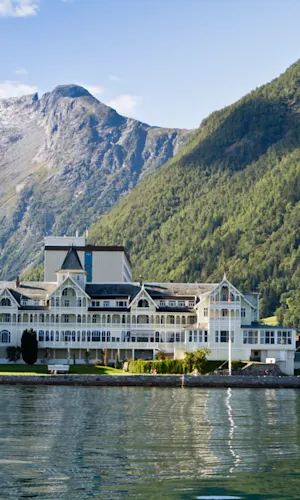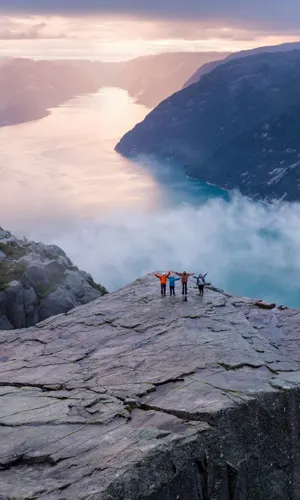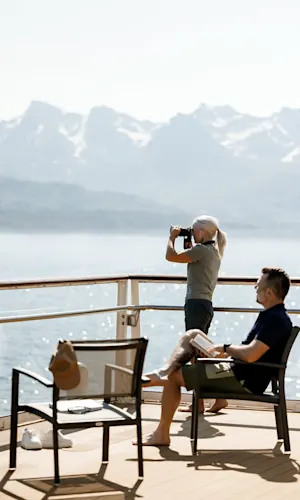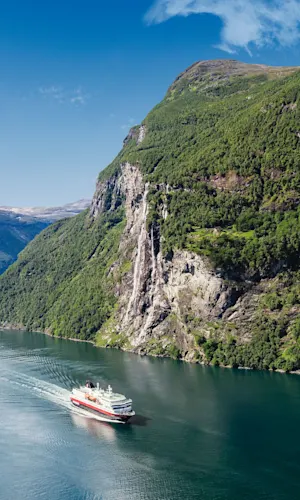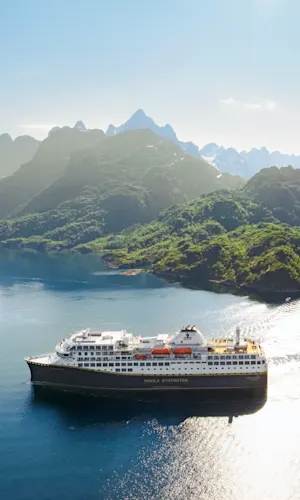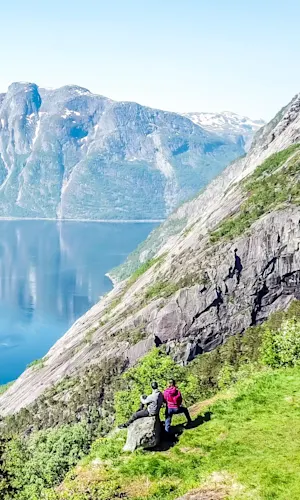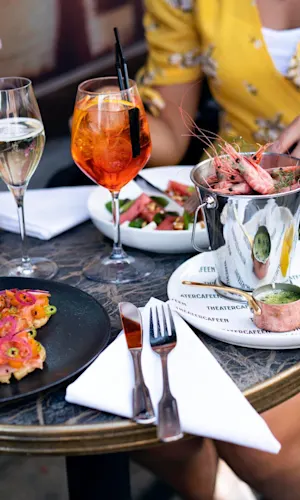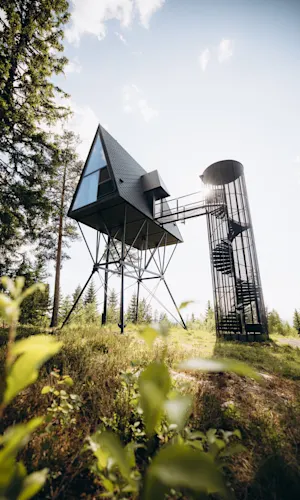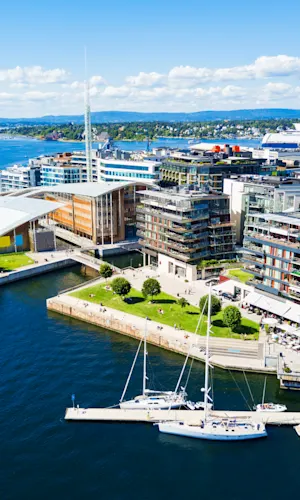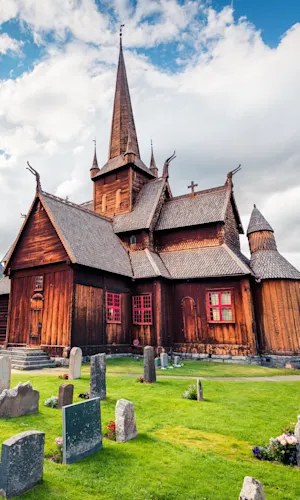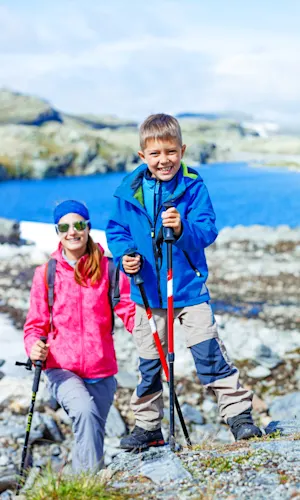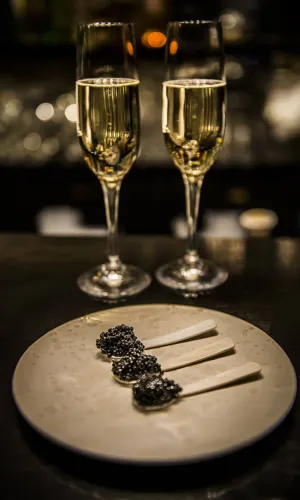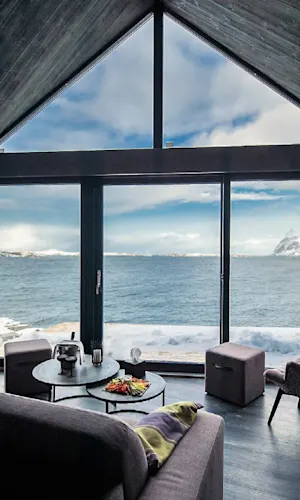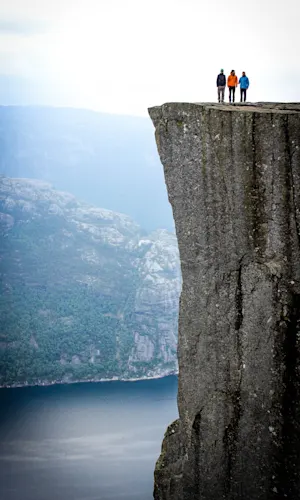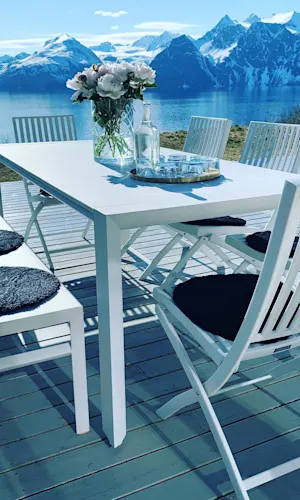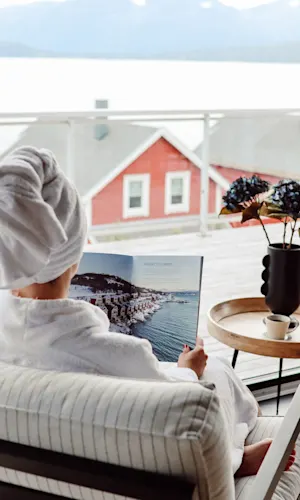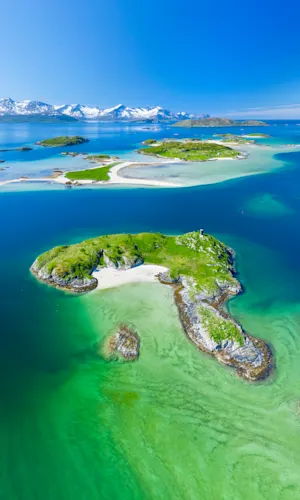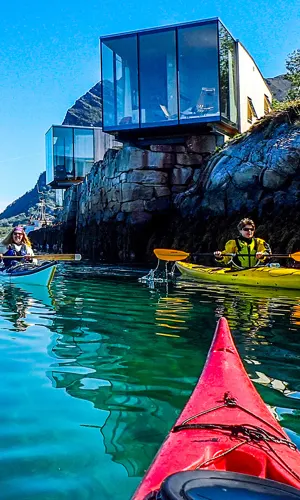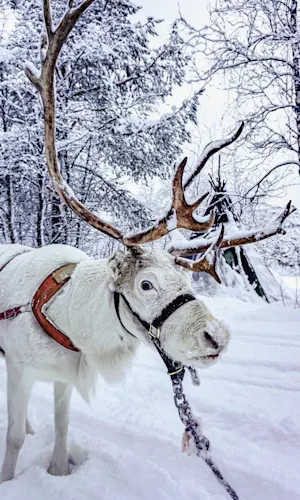
Norway
Beautiful mountains, stunning fjords, charming coastal towns, midnight sun, whales, polar bears, Northern Lights/Aurora Borealis, Viking history, king crabs, waterfalls, Hurtigruten, Stave churches and breathtaking scenery. Norway is our passion and you can trust us in every aspect of creating your perfect Norwegian tour.
With more the 70 Norwegian tours listed, we are sure you will find something that excites you below.
Style
Season
Duration
Tour Standard
WHY TRAVEL TO NORWAY TOURS?:
Norway is our specialist region and our home. Norway is a country where you can experience plenty of space - traversing away from the crowds on foot with vistas only limited by the curving of the earth. Cruising through the Norwegian fjords on board one of the Hurtigruten ships, or simply frolic through the back streets of Tromsø at 3am when the midnight sun is on your face.
Winter or summer travel in Norway provide a vast difference in the experience you will have. From snow-capped mountains bathed in spectacular Northern Lights/Aurora Borealis to a late evening trek possible from the midnight sun.
OUR NORWAY TOURS CAN INCLUDE:
Our Norway travel and tour options are endless and depending on what you want to experience, we have a tour suitable for any age and interest.
The Norwegian Coastal Voyage from Bergen to Kirkenes and vice versa is a classic voyage taking you all the way from the Hanseatic town of Bergen along the spectacular Norwegian coast to the town on Kirkenes on the Russian border. Along the journey you will experience stunning fjords, cliffs that plummet more than 1000 metres into fjords, small mountain farms clinging to the mountainside and rugged coastline.
For a true taste of all that Norway has to offer, take our independent Beautiful Norway tour package travelling on a private 50 Degrees North minibus through the most picturesque fjords and valleys of Norway. Driving through Northern Europe's highest and most striking mountain pass will truly take your breath away.
Alternatively, travel between Oslo and Bergen on the Norway in a Nutshell tour experiencing the Flåm railway, fjord cruise, bus ride, waterfalls, flowing rivers and deep valleys. Definitely one to tick off your bucket list!
Northern Lights/Aurora Borealis in Norway are at their most frequent between end of September and end of March. A range of our Norwegian and Scandinavian tours have been made to maximise your chances of viewing this remarkable phenomenon. Tromsø is a great starting point for the Norwegian tours, but to maximise your experience, all our Northern Lights tours are away from the cities to avoid artificial light pollution.
For the ultimate adventure, hike with jaw-dropping views of Norwegian fjords and mountains. You will never forget hiking Trolltunga and Pulpit Rock or the Western Fjords Hike.
Of course, a tour to Norway is not complete without visiting our tranquil and picturesque capital city Oslo. Home to the Kon-Tiki museums, the unique statue park of Gustav Vigeland, Holmenkollen ski jump and Akershus Fort.
































